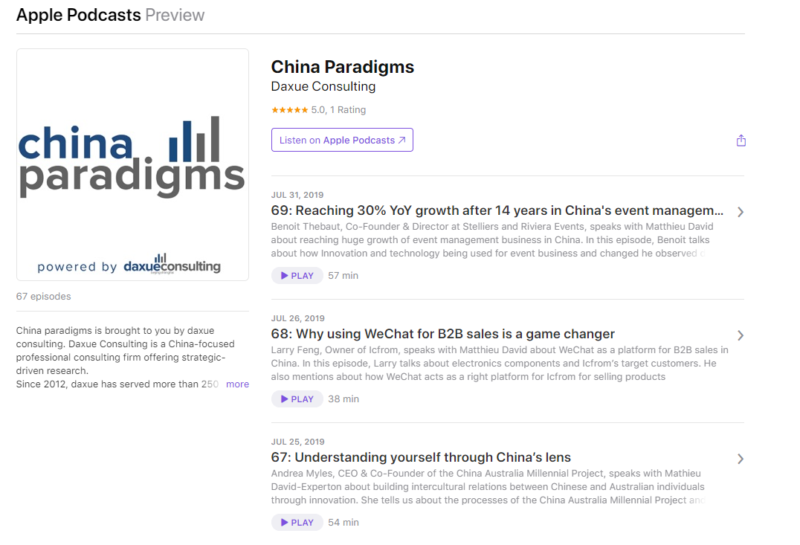The fast food market in China: How American brands have conquered the market | Daxue Consulting
Fast food market in China
“China’s demand for fast food will continue to grow at 10 percent by 2025” is what the latest Research and Market’s “fast food industry in China” report is forecasting.
The fast food market in China is on the rise
IBIS’ report estimates that the fast food industry in China will generate $177.6 billion in 2019, up almost 8 percent from 2018.
KFC came to China in 1987 and ushered in the fast food market. McDonalds and other western food restaurants soon followed seeing the potential of the market of 1.3 billion people. In the past two decades, China’s fast food industry has been growing at a fast pace. China is one of the world’s major producers for industrial and consumer products and the fastest growing market for the consumption of goods and services.

Western vs. Chinese brands in China’s fast food market
Multinational players are leading in the fast food industry in China
Three of the leading five fast food brands in China are multinational companies: Yum! Restaurants, McDonald’s Corp and Restaurants Brand International (which includes Burger King and, Tim Hortons). These fast food giants had enjoyed such a success in the Chinese market thanks to their established brand awareness as well as consistent product and service quality. KFC is by far the most popular fast food restaurant in China: with more than 5,000 restaurants in 1,100 cities in China, KFC dominates the country’s fast food landscape.
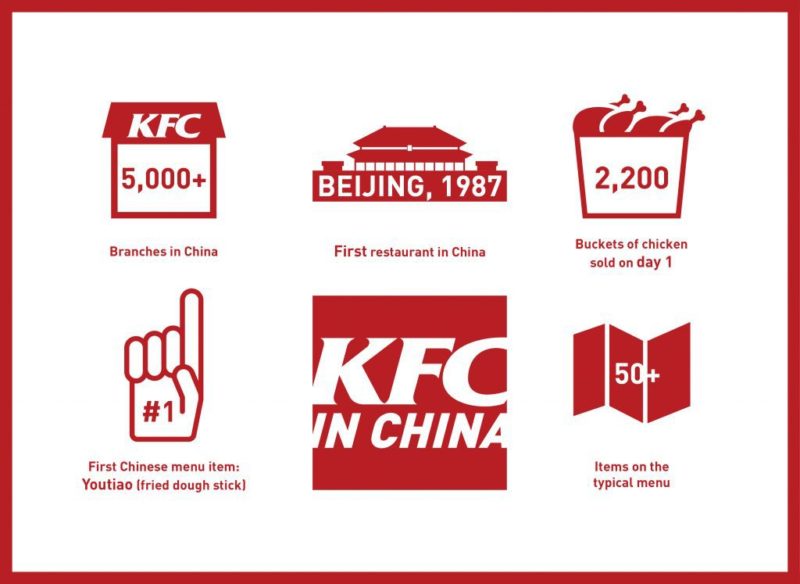
Yum! Restaurants, with well-known fast food brands in China like KFC, Pizza Hut and Taco Bell, continues its leadership in the fast food landscape in China. It has managed to gain value share thanks to its expansion to lower-tier cities as well, where consumption is exponentially increasing.
The fast food market in China has experienced some dynamism after the launch of Taco Bell in December 2016, one of the first Latin American fast food chains in China. Owned by Yum! Restaurants, the brand had an explosive growth in value in 2017.

New-concept stores promoting sales
To attract new generations and adapt to a Chinese market that is continuously evolving and growing, some fast food brands in China have promoted niche strategies and even changed their positioning within China’s fast food market. For example, Yum! Restaurants premiered KPro by KFC in Hangzhou in 2017, targeting professionals and offering seasonally changing menu with fresh ingredients.
Hangzhou is home base to Alibaba Group and the KFC brand has also joined the e-commerce and tech giant by launching some devices powered by artificial intelligence in the KFC KPro restaurant in Hangzhou. Since 2017, customers can now “pay with a smile”, using facial recognition devices as a payment system. This innovation is certainly attracting technology-driven young Chinese customers.
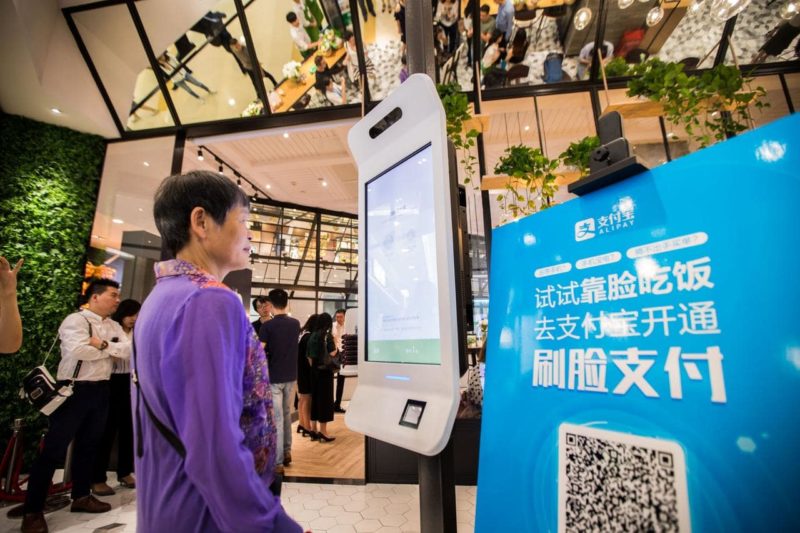
What main competences are needed to succeed in the fast food market in China?
Location
Western fast food brands in China have been proficient at securing the best locations in top-tier cities, especially at iconic historical sites: KFC’s first location was on one of Tiananmen Square’s edges in Beijing. Locking in real state at heavily trafficked hot spots has been at the core of these companies’ strategies. When fast food restaurants in China are next to tourist sites, they attract both foreign and domestic customers. Expanding into the more inward regions of China could also be a profitable venture considering the growing middle-class in tier-3 and tier-4 cities.
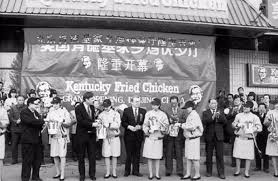
Adaptation
Adapting to local tastes is integral to the success for American brands. KFC in China is a fried chicken specialist that knows how to capture Chinese tastes while maintaining its American brand identity. The fast food restaurants in China also offer pork chops, curry and Chinese staples like congee and youtiao. KFC shows great cross-cultural adaptation in China. McDonald’s is consistently behind of KFC in China’s fast food industry, as they opt for a less localized menu, and because hamburgers are not as close to the Chinese palate as fried chicken. There are options like rice bowls and bubble milk tea in McDonald’s menu they haven’t enjoyed much popularity.

Trust
China’s numerous quality scandals over food, water, and medicine have influenced Chinese consumers’ ability to trust local brands. Chinese consumers may feel that foreign brands and American fast food brands in China will not put their food quality at stake as Chinese brands might.. One method international brands leverage to ensure trust is the transparency and ownership of the supply chain, as McDonald’s has notably done by bringing its own fry vendor to grow its potatoes directly in China.
Pizza Hut in Xiamen: much more to experience than just pizza
Pizza Hut is an example of an American company that has completely rebranded to enter China’s fast food industry. Whereas in the US it is a price-driven chain focused on delivery, in China it is fine dining with an expansive menu including with pizza and pasta, salads, a full wine list and even a brunch set. Pizza toppings include Beijing duck and seafood. The strategy involves growing the target market as well, and some of Pizza Hut restaurants have become a popular date-night spot that attracts couples, like the one located on the 24th floor of a skyscraper in Xiamen, becoming the highest Pizza Hut in the world.
Competitive landscape in China’s fast food market
A boom of Chinese fast food brands
Although American brands lead the fast food market in China, domestic companies stiffen the comptition. Chinese fast food brands like Daniang Dumpling, Zhen Kong Fu and Malan Ramen have grown rapidly in recent years. However, Chinese fast food chains have had to overcome difficulties involving the standardization of complex cooking methods and ingredient variety, characteristics of Chinese cuisine.

Copying American fast food: the success path for Chinese brands
One way to avoid the complexities of Chinese cuisine and follow a successful model for fast food restaurants is to imitate American fast-food style. Asian companies like Hua Lai Shi and burger chain Dicos (Ting Hsin International Group) have acquire a big share of the fast food market in China by offering burgers and chicken nuggets. The Chinese fast food brands can meet Chinese food preferences, with options like bagels with corn and rice patty sandwiches at lower prices than American brands.
A shift toward healthier eating
There is a sign of growing health consciousness among local consumers who usually associate fast food with unhealthy dishes and often resort to other seemingly healthier choices. Consumers in tier-1 and tier-2 cities in China are increasingly sensitive to their body weight and look for food without additives, healthier snacks and organic ingredients, which shifts the market segment of fast food in China.
The substitution products: convenience stores
Players in China’s fast food industry need to be aware of the substitution services that are competing with fast food restaurants. Convenience stores have their own fast food section that enjoy a great success, partly because it offers important meal solutions to workers who need a quick lunch and want to avoid crowded dining restaurants. Daxue Consulting experts also present a five forces analysis of the fast-food market in China.
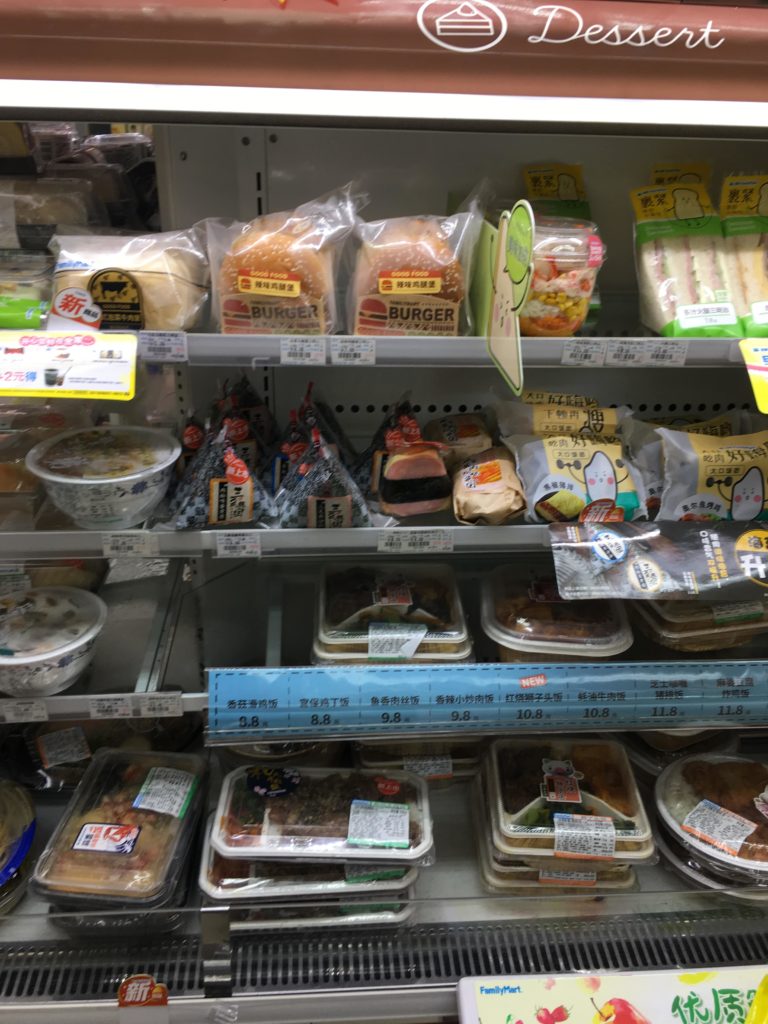
What’s next for the fast food market in China?
The fast food market in China will continue to rise in value in the next years, although at a slower pace than in the previous years. With increasing popularity in tier-3 and tier-4 cities, foreign fast food restaurants in China will see incredible growth in value as more and more Chinese enter the middle class, while consumers in tier-1 and tier-2 cities are caught up in a process of sophistication and health consciousness.
Embracing the Chinese culture and adopting better models to suit the Chinese consumers are key competences needed to enter the Chinese market, and brands like KFC have managed to dominate the market. However new trends and tastes demand for new plans for continued success in China’s fast food industry.
Make the new economic China Paradigm positive leverage for your business
Listen in China Paradigm in iTunes
